Tree Insects
There are plenty of natural threats that can harm or even kill your trees or shrubs. These pests and infestations can lead to many issues including leaf yellowing, defoliation, branch dieback, the transference of harmful tree diseases and in worse cases death. In many cases with tree insect infestations, a lot of damage can occur before you start to even see signs of a problem. For this reason, it is very important to provide your trees with proper care to help them better resist harmful insects so they can remain healthy and vibrant. If you do not recognize the signs and react quickly, you may be forced to remove the affected trees or shrubs.
If you want to give your trees the best preemptive care to keep them looking healthy, contact us!

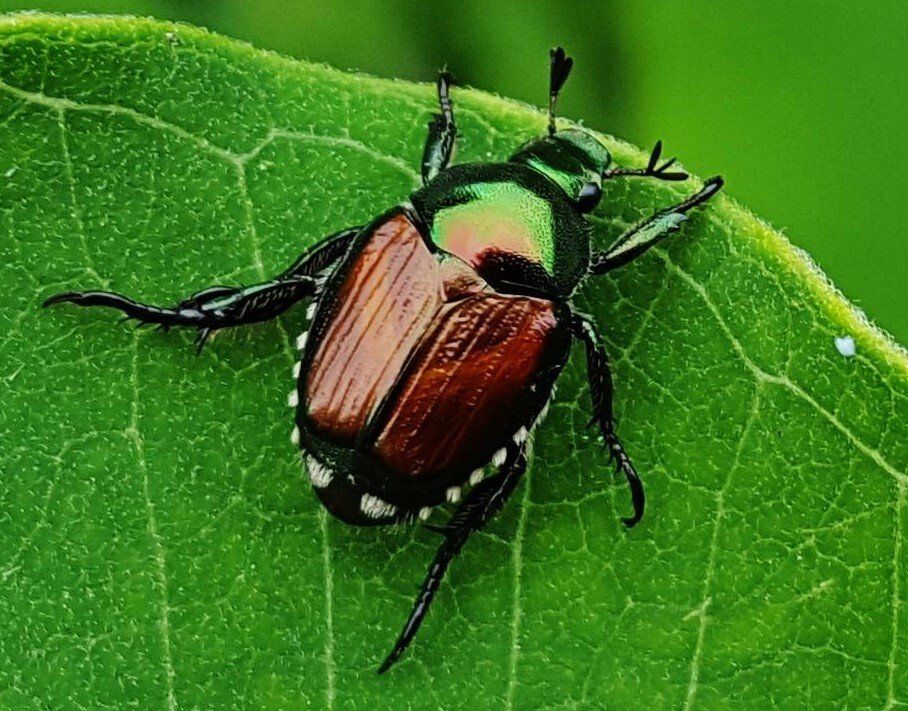
Japanese Beetle
Japanese beetles are an invasive scarab beetle that feeds on the foliage and fruits of around 300 different species of plants in the United States. These beetles are easily recognizable with their copper colored wings and metallic green head and thorax.
Japanese beetles were accidentally introduced to the U.S. in the early 1900s and have caused major problems ever since. Due to them having no natural predators in North America, their populations grow unsustainably. The adults lay their eggs underground and the larvae feed on roots in the soil when they hatch. The larvae mature into c-shaped grubs who then feed on bigger roots which can cause more serious damage. After the grubs pupate, they emerge from the soil as adult beetles and begin feeding on leaves and fruit above ground. They release a pheromone that attracts more beetles to the plant. These beetles have to capability of skeletonizing the leaves of a shrub or tree from top to bottom, leading to major defoliation.
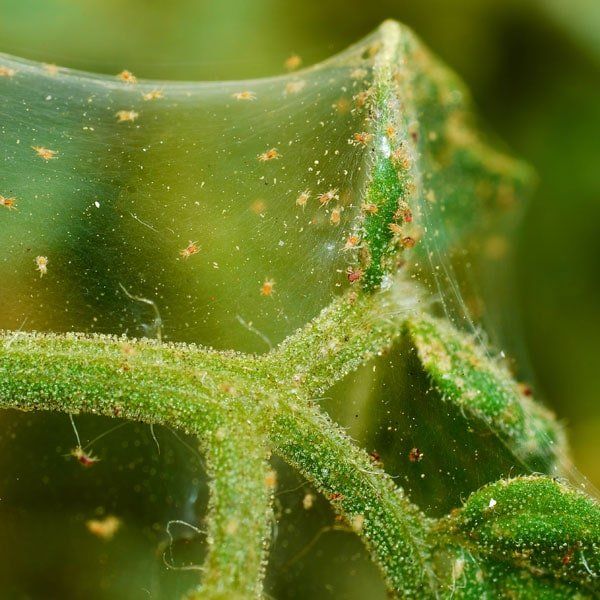
Spider Mites
Spider mites are very tiny arachnids that can be either pale or reddish brown in color and they live in colonies. They feed on the fluids in the leaves by piercing the leaf tissue. This can lead to yellowing of the leaves and defoliation.
It is difficult to spot individual spider mites because they are so small, but it is much easy to find their webs on the underside of leaves where they live in colonies.

Tent Caterpillars
Tent caterpillars are social, colorful caterpillars that feed on leaves of broad-leafed trees. They build silk tents on the leaves and branches. These caterpillars are dark in color with brightly colored stripes and hairs and they often feed and live in groups. They will feed on young leaves and buds, which can cause defoliation of the tree. A major outbreak of these insects in a forested area can defoliate thousands of acres of trees.
Generally, trees affected by tent caterpillars can survive defoliation with no permanent damage, but it is also possible for tent caterpillars to kill parts of a tree if they return to defoliate the same tree over several years. You can stop them with insecticide treatments.
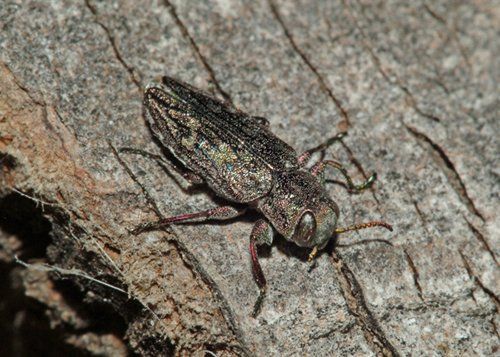
Flat-headed Borer
Flat-headed borers are beetles that cause significant damage to trees. These beetles, like the emerald ash borer, lay their eggs on the bark of trees in the spring and the larvae bore into the tree when they hatch to feed on the living tissue under the bark. Flat-headed borer larvae have cream-colored segmented bodies with a large, rounded flat head. They feed and pupate within the tree, emerging in the following spring as adults borers. The larvae leave tunnels in the wood as they feed which causes the bark to peel off. This damage can result in dead branches and eventually the death of the tree.
It is best to prevent an infestation from flat-headed borers because they are very difficult to get under control once they appear.
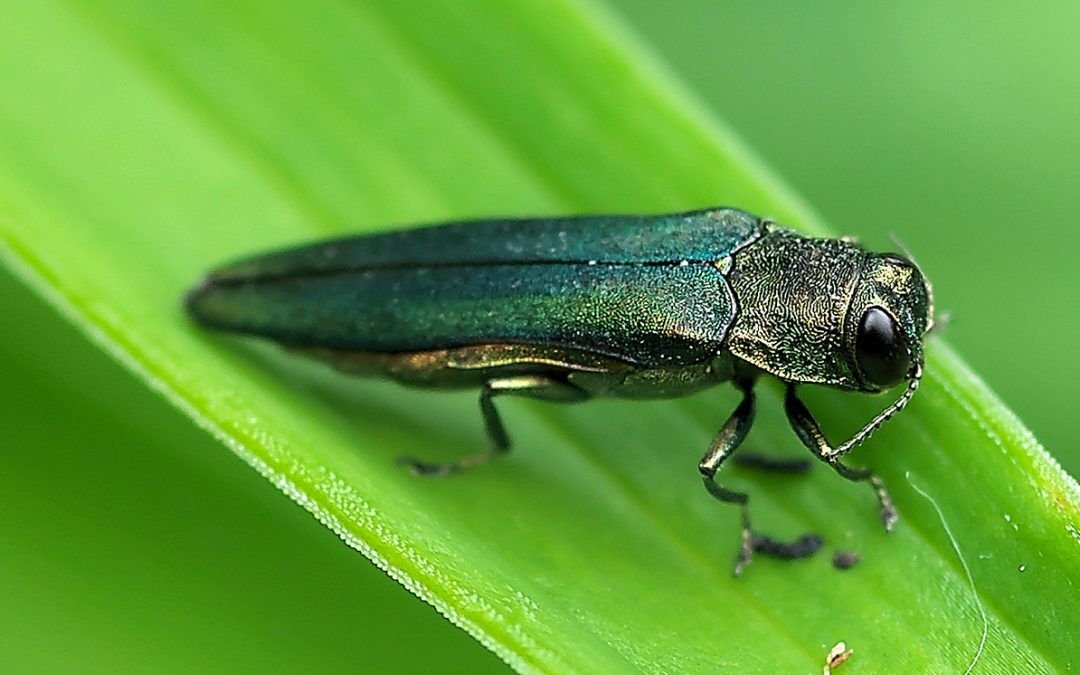
Emerald Ash Borer
Emerald ash borers are one of the most destructive insects that affects trees all over Illinois. These green beetles are an invasive species that are known for attacking and decimating ash trees. Adult emerald ash borers feed on the leaves of ash trees starting early in the spring. During this time, they mate and lay their eggs in the cracks and crevices of the bark. When the eggs hatch, the larvae begin to feed on the important vascular system and inner tissues of the tree, boring tunnels into the wood. Once the larvae mature, they cut D-shaped holes in the bark and exit the tree.
Emerald ash borers are very destructive and fast moving, so they must be managed quickly to prevent the death of the tree.
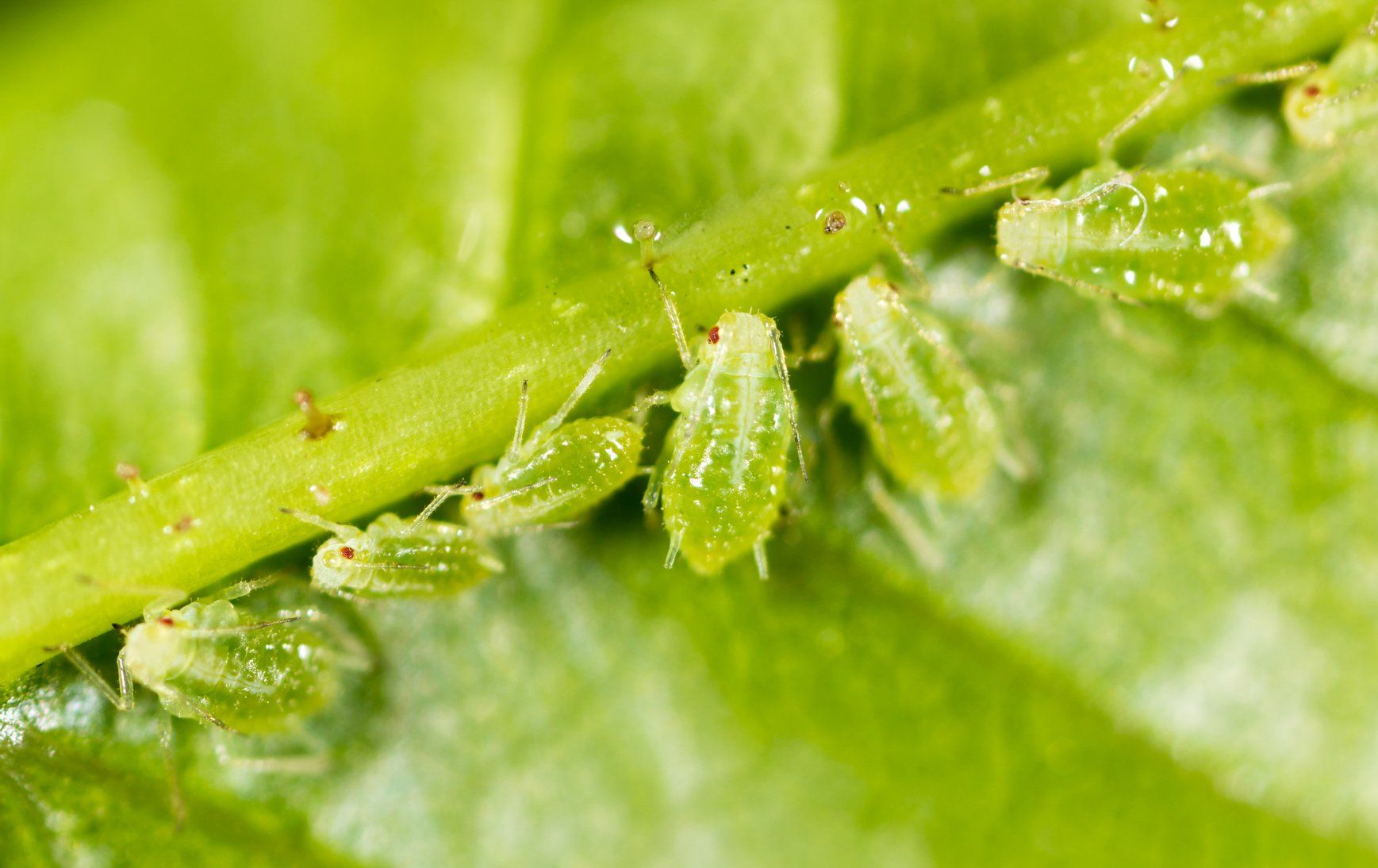
Aphids
Aphids are small, sap sucking insects that attack many different types of plants and trees. These small insects are usually a bright green or orange color, and they pierce the surface of leaves and twigs to feed on the sap within. The feeding itself is not what causes the most damage, these insects notoriously transmit viruses that are damaging to the tree. Their honeydew secretions can also cause additional problems like sooty mold.
If you see any signs of what could be insect damage or these insects themselves in your trees or shrubs, contact us to see what we can do to get them back to health!
About Us
Our Service Area
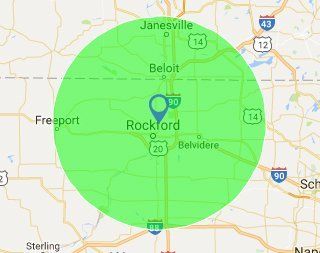
Contact Us

